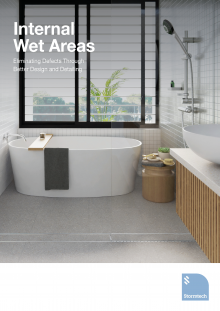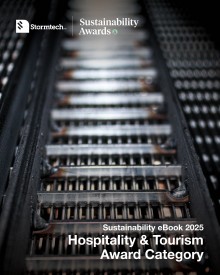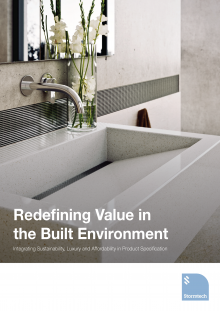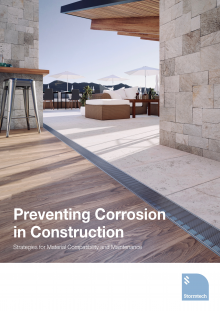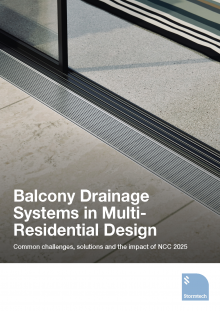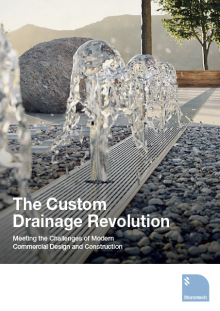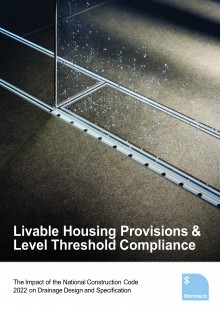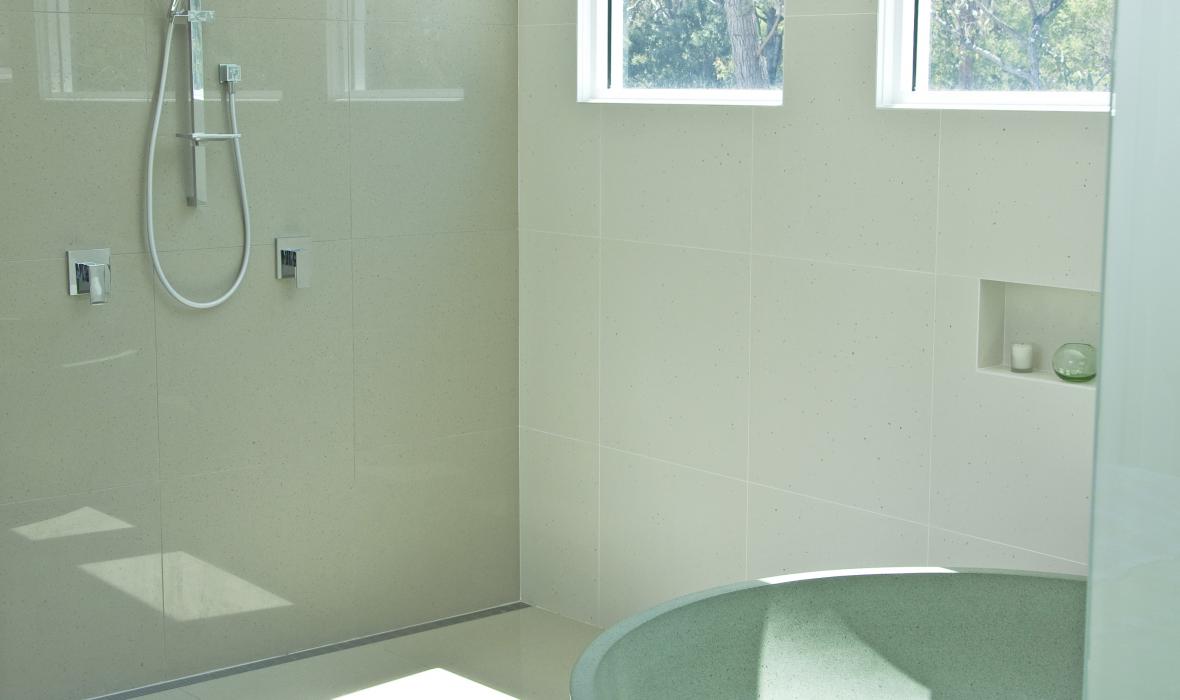
A high-quality drainage solution can greatly reduce one’s negative impact on our waterways. Consistent drain flow will ensure material debris and pollutants are not collected, absorbed and conveyed during heavy downpours. Nevertheless, drainage positioning, installation and build quality all significantl impact on the quality of outflows. Here is a list of practices Environmentally Sustainable Drainage inspired by Water Sensitive Urban Design (WSUD):
- Ensure impervious surfaces (e.g. paved areas) are graded during construction to drain to vegetated areas.
- Detain stormwater on your block where practicable; use permeable paving, pebble paths, infiltration trenches, soakwells, lawns and garden areas to soak up excess water flows.
- Be extremely judicious in your use of fertilisers, pesticides, herbicides.
- To prevent land erosion and dispersal of soils, position drains on slight gradients.
- Look for quality drainage products; ensure non- toxic, non-oxidising and durable constructions (preferably stainless steel) that won’t leach harmful chemicals into the environment.
Stormtech takes a boldly holistic approach to their designs; the WSUD standard is a guiding philosophy in the design, manufacture and installation of all Stormtech products. This ensures not only the highest standards in workmanship, but a commitment to maximising the quality of water discharged through our drainage systems.

